The Cold War: A MILITARY History (76 page)

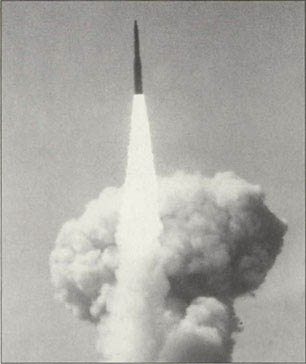
A US Minuteman III intercontinental ballistic missile climbs away from the Vandenberg test site in California. This three-stage, solid-fuelled missile carried two or three MIRVs over a range of some 13,000 km. The yield of each warhead could be set to either 172 kT or 335 kT prior to launch
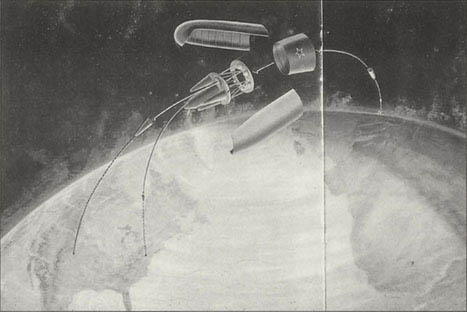
A US artist’s depiction of a Soviet MIRVed missile in space. The shroud and bustle have broken away and the control computer aboard the bus has already deployed three MIRVs, with two more ready to leave. Each MIRV will head for a different target
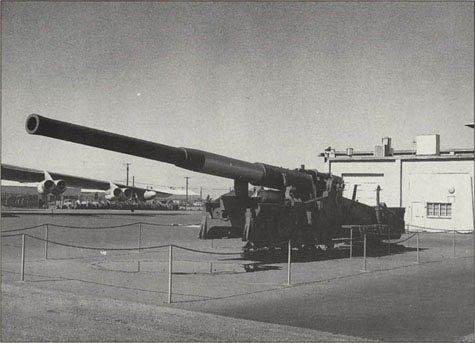
The first of the battlefield nuclear weapons was the 280 mm ‘atomic cannon’, which served in the US army in Europe in the 1950s. Later battlefield weapons were much smaller and considerably more mobile
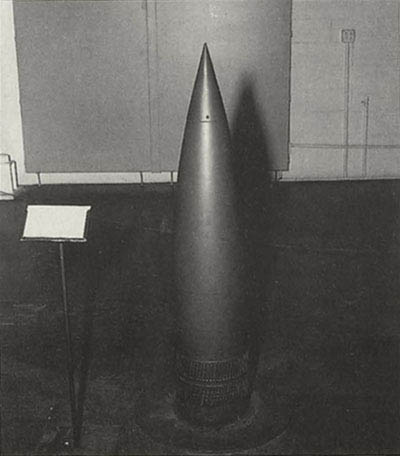
The W19 atomic shell was designed specifically for the 280 mm cannon. It had a yield of approximately 15 kT and a range of about 30,000 m
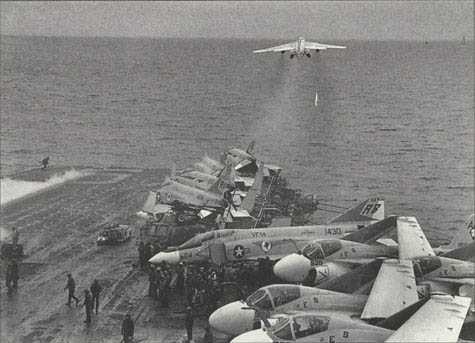
The US carrier
John F. Kennedy
launches an air strike off the Norwegian coast during NATO’s Exercise Strong Express in 1972. NATO exercises took place at frequent intervals, and not only practised real plans but also demonstrated a willingness to carry them out if forced to do so
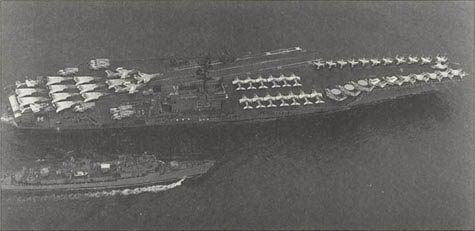
The US carrier
Kitty Hawk
, with its air wing on deck. Such US ‘supercarriers’ operated an air wing that was more powerful and sophisticated than most national air forces, and they played a unique role in the Cold War, providing mobile airbases that could patrol in international waters
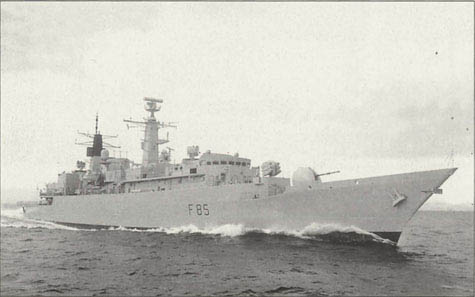
The British navy was the second most powerful in NATO, its main strength lying in a large number of very capable anti-submarine frigates. The design of this Type-22 frigate, HMS
Cumberland
, made use of British experience in the Falklands War, which taught all Cold War navies some very valuable lessons
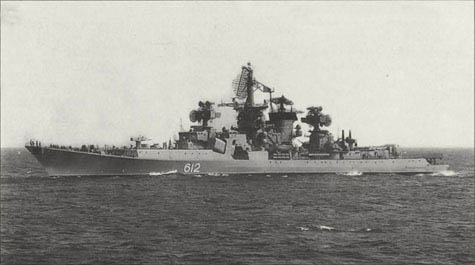
A Kresta II-class cruiser, one of a long series of daring and innovative ship designs built by the Soviet navy. During the Cold War the Soviet navy was transformed from a minor coastal force into an impressive ‘blue-water’ fleet, exercising naval power in all the world’s oceans
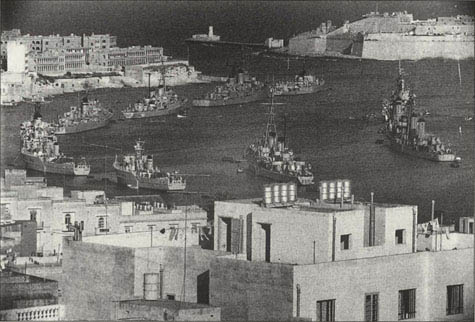
A NATO naval force assembled in Malta’s Grand Harbour in 1960. Among the navies represented are those of France, Italy, Turkey, the UK and the USA. NATO navies used common procedures as a matter of routine, which enabled them to work together easily and with only minimal preparation
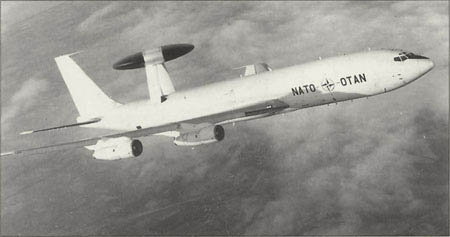
A Boeing E-3 Sentry of NATO’s Airborne Early Warning Force. Based at Geilenkirchen in West Germany and with the aircraft registered in Luxembourg, this force was completely multinational, demonstrating how well member nations could work together when the will was there
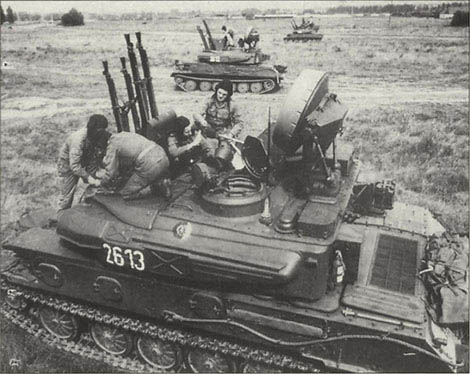
The Soviet army met many of its low-level air-defence requirements with the ZSU-23-4. This weapon married an existing chassis and weapon to a new radar, resulting in a highly effective system which was viewed with great respect by the NATO pilots who might have had to fly against it
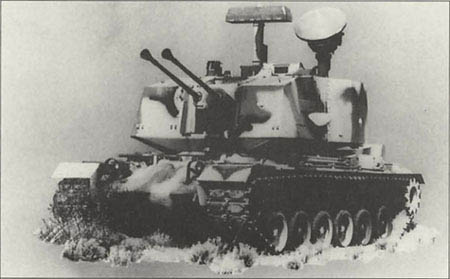
The US army also took an existing chassis, weapon and radar to produce the Sergeant York air-defence system, but the outcome was unsatisfactory and the system was discontinued before it could enter service
